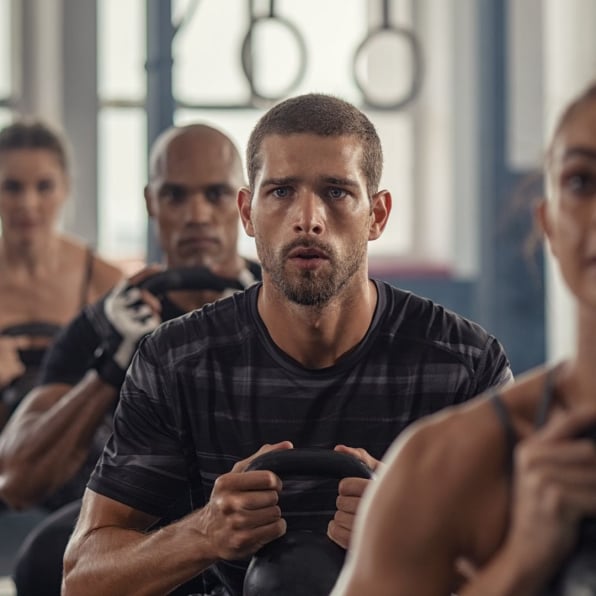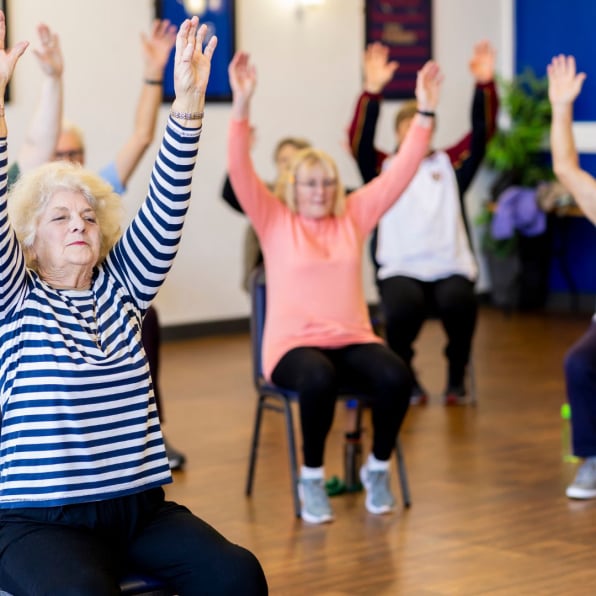One Stop Personal Training Solution
Calisthenics, yoga, prenatal fitness—customized to your needs.

Weight Loss Programs

Strength & Conditioning

Senior Fitness









Embarking on your fitness journey is easy and exciting! Whether you’re aiming for weight loss, muscle building, or overall health improvement, we’re here to guide you every step of the way. Follow these simple steps to take the first step toward achieving your fitness goals with a personal trainer dedicated to your success.
Personal training provides a personalized approach to fitness, with expert guidance to help you reach your goals efficiently and safely. Whether you’re new to fitness or looking to reach the next level, a personal trainer customizes workouts, keeps you accountable, and teaches proper techniques to prevent injury.
A typical session includes a warm-up, compound movements like squats or deadlifts, isolation exercises for specific muscles, and sometimes a finisher like HIIT. Your trainer may use a variety of equipment, including free weights, resistance bands, or machines, depending on your goals.
Personal trainers are skilled in modifying exercises for injuries and can help with certain health conditions. However, consult your doctor before starting any fitness program, and ensure your trainer is informed about any physical limitations.
Look for certifications from reputable organizations like NASM, ISSA, ACE, or ACSM, which ensure the trainer has foundational knowledge and expertise. Experience, client reviews, and specialties (such as strength training, weight loss, or corrective exercise) are also important factors.
Caloric needs vary based on individual goals, activity levels, and body composition. Personal trainers often recommend a slight caloric deficit to promote fat loss while preserving muscle. A balanced diet with adequate protein is crucial to fuel workouts and support recovery.
Both cardio and strength training have unique benefits for weight loss. Strength training builds muscle and boosts metabolism, while cardio helps burn calories and improves cardiovascular health. A combination of both usually yields the best results.
Yes, strength training enhances core stability, power, endurance, and agility, all of which are critical for athletic performance. It also reduces the risk of injury by strengthening muscles, tendons, and joints, and improving overall movement patterns.
Not necessarily. Many trainers can design effective bodyweight workouts that require no equipment. However, having items like resistance bands, dumbbells, or a mat can enhance at-home workouts.
A certified personal trainer has completed rigorous training and often holds certifications such as NASM or ACE. A fitness coach may focus more on general wellness, motivation, and lifestyle, while a certified trainer develops customized exercise programs.
Strength training focuses on increasing muscle strength and endurance, often with functional, full-body movements. Bodybuilding, on the other hand, aims to build muscle mass and create a balanced, sculpted physique through targeted exercises, progressive overload, and strict nutrition.
For most people, 2-3 strength training sessions per week are ideal to build strength and endurance. Advanced lifters or bodybuilders may train more frequently, focusing on different muscle groups each day. Your trainer can develop a program based on your experience and goals.
Yes, personal trainers can design customized strength programs that progressively challenge your muscles, promote hypertrophy, and help you achieve a well-rounded, muscular physique. They’ll also coach you on proper technique, which is essential for muscle growth.

Free AI Website Creator